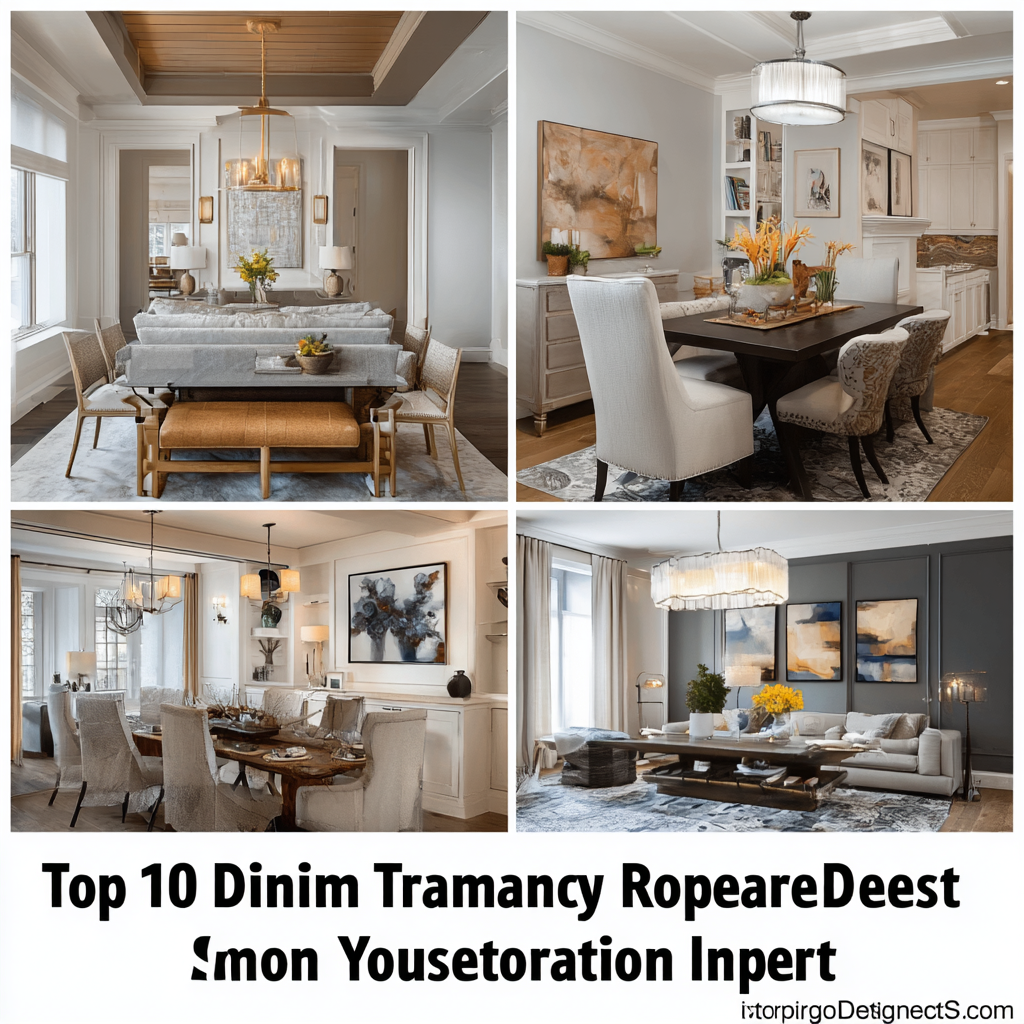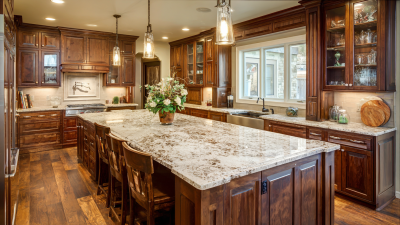The dining room is more than just a place to enjoy meals; it is a space where memories are created, conversations flow, and gatherings happen. As such, the importance of thoughtful and stylish Dining Room Decor cannot be overstated. A well-decorated dining area not only enhances the overall aesthetic of your home but also sets the mood for any occasion. Whether you’re hosting a formal dinner party or a casual family gathering, the right decor can transform your dining room into a welcoming and inviting space.

In this article, we will explore the top 10 dining room decor ideas that can instantly elevate your space. From clever color schemes to innovative furniture arrangements, each idea is designed to help you reimagine and revitalize your dining area. No matter the size or style of your home, these decor tips will guide you in creating an atmosphere that reflects your personality while providing comfort and style. Get ready to discover how small changes can make a significant impact, turning your dining room into a stunning centerpiece of your home.
In the evolving landscape of interior design, biophilic design is emerging as a transformative trend particularly in dining room aesthetics. A recent report by the American Society of Interior Designers (ASID) emphasizes that incorporating natural elements can significantly enhance the psychological well-being of residents. Studies indicate that environments enriched with green plants and natural materials can reduce stress levels by up to 60%, creating a calming atmosphere that is crucial for family gatherings or entertaining guests.
By 2025, it’s projected that biophilic design will influence over 70% of modern dining spaces, encouraging homeowners to embrace elements such as large windows that invite natural light, indoor gardens, and the use of natural finishes like wood and stone. Additionally, a report from the Global Wellness Institute highlights that spaces designed with biophilic principles can even increase productivity and creativity among occupants by fostering a deeper connection to nature. As homeowners seek to create inviting and serene environments, the trend of integrating biophilic elements into dining rooms is not just a fleeting idea but a significant shift toward a more health-conscious way of living.
In modern dining room designs, the interplay between functionality and aesthetics has become increasingly vital, particularly with the rise of multi-use furniture. As urban living spaces become smaller, the need for versatile pieces that maximize utility without sacrificing style has surged. The commercial furniture market, valued at approximately $70.84 billion in 2024, is projected to grow significantly, reaching around $93.46 billion by 2033. This trend highlights a clear shift toward furniture solutions that cater to both practical needs and design preferences.

The 2025 design trends indicate a need for creative approaches to space utilization, emphasizing smart design that adapts to the dynamic lifestyles of modern households. Multi-use furniture, such as extendable dining tables and storage benches, not only enhances the aesthetic appeal of dining spaces but also optimizes their functionality. As consumers increasingly seek elegant yet durable furnishings, the industry is responding with innovative designs that embody both beauty and resilience, creating inviting environments that encourage both dining and social interactions.
The integration of smart home technology is revolutionizing dining room experiences, making them more efficient and enjoyable than ever before. As global market trends indicate, the smart kitchen appliances sector is set to witness impressive growth, with a projected market size skyrocketing from $48.1849 billion in 2033 to $43.936 billion by 2025. This substantial increase, based on a compound annual growth rate (CAGR) of 34.9%, underscores the rising consumer demand for innovations that enhance functionality and aesthetics in dining spaces.
Incorporating smart technology into your dining room doesn't just upgrade its visual appeal; it also streamlines meal preparation and enhances social dining experiences. Intelligent lighting systems, climate control, and advanced cooking appliances enable homeowners to create an atmosphere tailored to any occasion, whether it’s a casual family dinner or an extravagant gathering. Additionally, these innovations promote sustainability through energy-efficient designs, allowing users to make environmentally conscious choices while enjoying modern conveniences. Ultimately, by embracing smart home technology, you can transform your dining area into a hub of style and innovation, setting the stage for memorable dining experiences.
 The color scheme of a dining room can significantly influence not only the aesthetics of the space but also the mood and appetite of those who dine there. Research has demonstrated that color choices can evoke specific emotional responses. For example, warm colors such as red and yellow have been shown to stimulate appetite and encourage conversation, making them ideal for dining areas. In contrast, cool colors like blue can suppress appetite, as studies from the Journal of Nutrition suggest that these shades may create a calming effect that reduces food intake.
The color scheme of a dining room can significantly influence not only the aesthetics of the space but also the mood and appetite of those who dine there. Research has demonstrated that color choices can evoke specific emotional responses. For example, warm colors such as red and yellow have been shown to stimulate appetite and encourage conversation, making them ideal for dining areas. In contrast, cool colors like blue can suppress appetite, as studies from the Journal of Nutrition suggest that these shades may create a calming effect that reduces food intake.
When planning your dining room decor, consider integrating warm tones that foster an inviting atmosphere. This doesn’t mean overdoing it; accents in soft yellows or gentle oranges can be appealing without overwhelming the senses.
Tips: To enhance the warmth, use light fixtures with a golden hue or choose tableware that includes warm tones. Additionally, introducing elements like rich wood textures or artworks featuring reds and yellows can enhance the overall aesthetic while positively impacting the dining experience. Balancing these warm colors with neutral backdrops can create an inviting, yet sophisticated ambiance.
As we look towards 2025, the trend towards sustainable materials in dining room decor is rapidly gaining momentum. A recent report by the American Society of Interior Designers indicates that 82% of interior designers are prioritizing eco-friendly materials in their projects. This shift is largely driven by consumer demand for healthier, more sustainable living spaces. Materials such as reclaimed wood, bamboo, and recycled metal are not only eco-conscious choices but also add a distinctive aesthetic to dining areas. Incorporating these elements can create a warm and inviting atmosphere while minimizing environmental impact.
Another significant trend is the use of biophilic design, which emphasizes the connection between nature and indoor spaces. A study from the International Society of Biophilic Design found that environments rich in natural materials can improve mood and productivity by 15%. Dining rooms designed with natural stone countertops or organic textiles reflect this approach, promoting not just sustainability but also overall well-being. As we navigate the future of dining room decor, embracing sustainable materials will not only enhance the visual appeal of our spaces but also contribute to a more responsible lifestyle.






